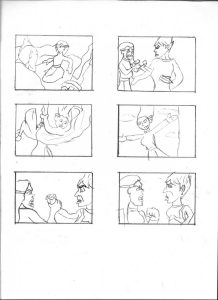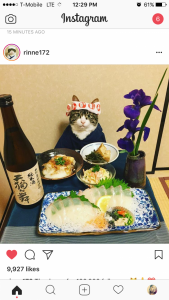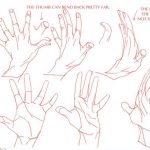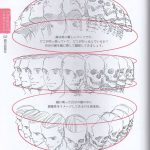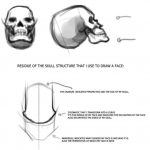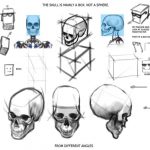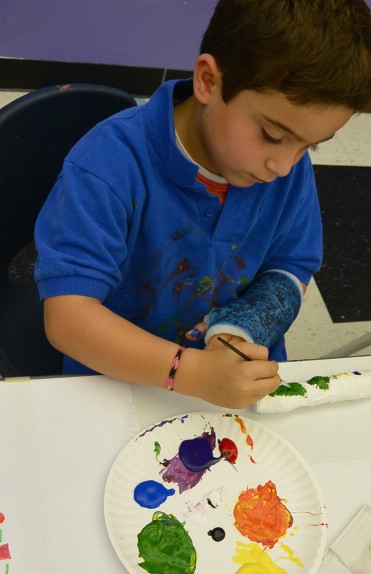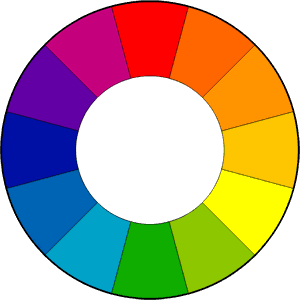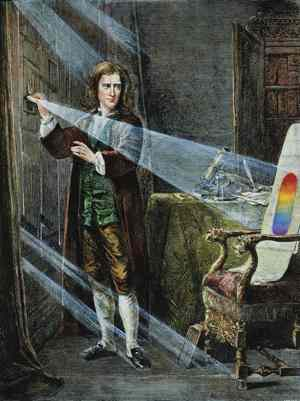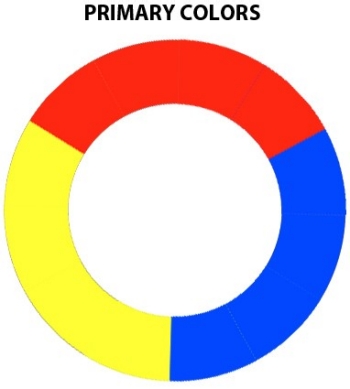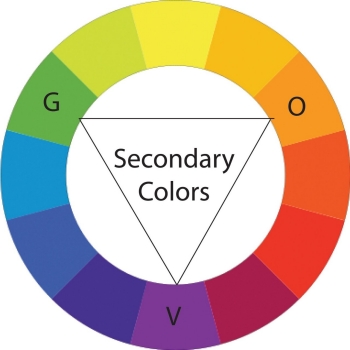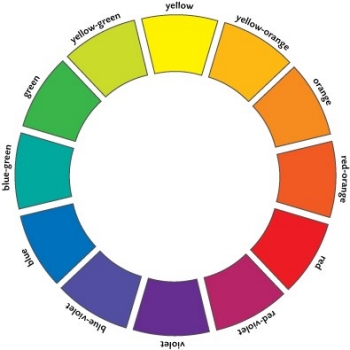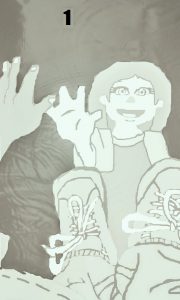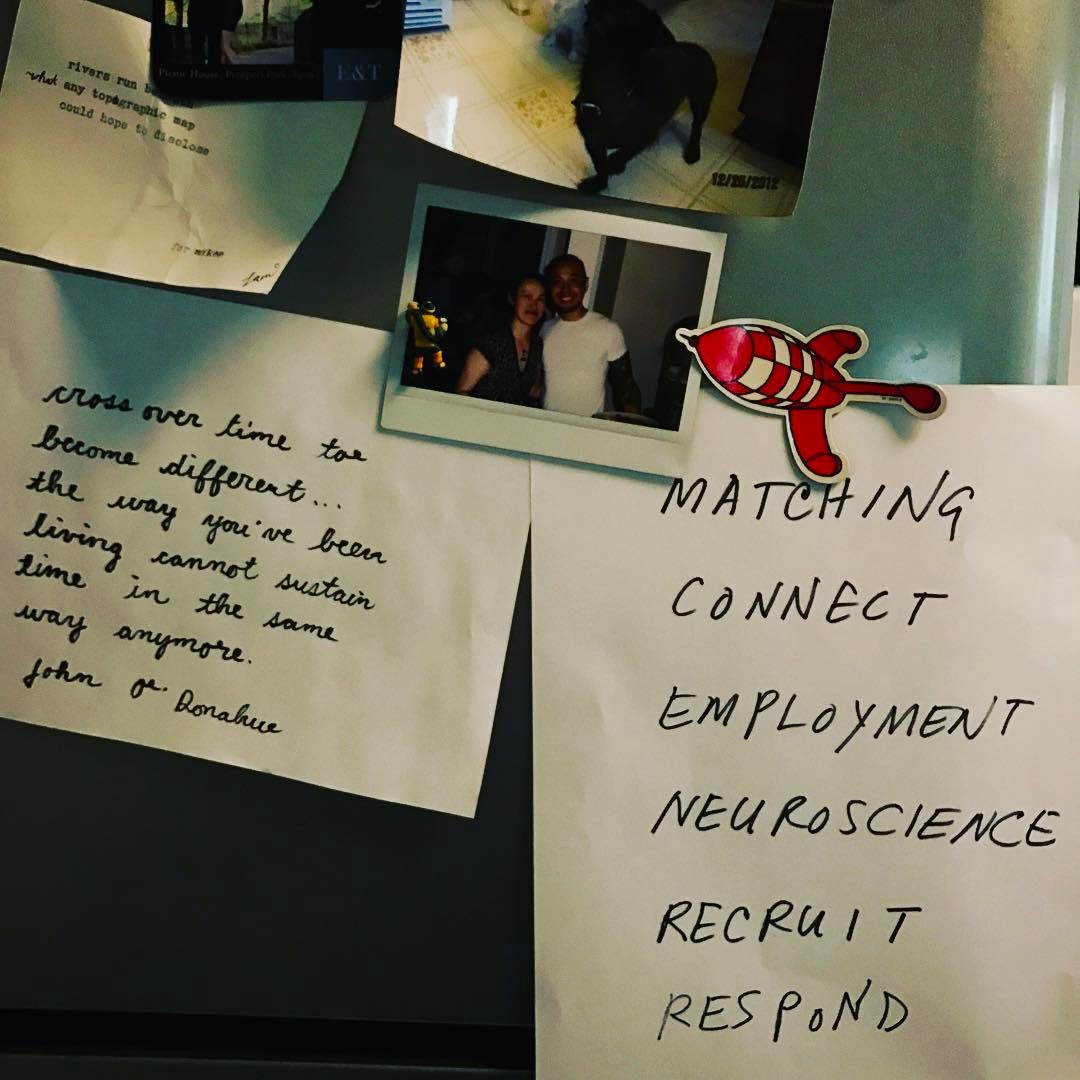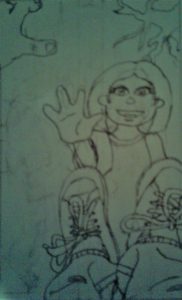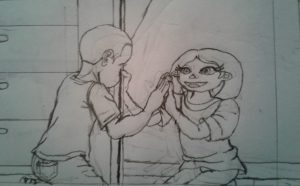I could only make six thumbnails, due to lack of time. I I had to go to two orientations back to back yesterday and as a result, I had no time to get these thumbnails done until today. So I ask you, out of all of the sketches, which one do you think should I go with? I need to know as soon as possible.
Category Archives: Discussion
The lit cat
Concept Sketches


 My article was basically about a cat whos owner dressed him in fashionable japanese style clothes while they eat dinner together. The Japanese owner also gave their cat an instagram page, which has more than 89,000 followers. The pictures are all of the cat sitting infront of Japanese dishes.
My article was basically about a cat whos owner dressed him in fashionable japanese style clothes while they eat dinner together. The Japanese owner also gave their cat an instagram page, which has more than 89,000 followers. The pictures are all of the cat sitting infront of Japanese dishes.
When i first started brainstorming i thought about the cat, he’s calm and collective. He’s different you don’t really hear about too many cats willing to sit still and pose for the camera, lets not forget have an instagram with plenty followers. i wanted to portray something different or representation of cool.
Figure Drawing Resources
Hello Class!
Several of you are sharing the same stumbling blocks on your basic drawings. That is OK! … as long as you know it and are working to improve it. So on that note, here are a few resources to help:
HUMAN HANDS MYSTIFY EVERYONE AT FIRST! Don’t feel bad! Here are some helpful guides!
- HAND DRAWING GUIDES
Turning the human head is also very tricky…
- The Human Head
And just in case we missed anything… heres the WHOLE figure in one Big Poster. HAPPY DRAWING!
Color Relationships and Limited Palate
THE COLOR WHEEL
YES, you painted one of these in Kindergarden. I know. However the usefulness and knowledge that can come from this tool is limitless. So please let go your preconceptions toward color, and using a color wheel and come into this with an open mind.
The color wheel is one of the most powerful tools artists and designers have to help us understand and use color effectively. It is strongly recommended that as you examine the different color schemes thought this post and the following, you look at a color wheel and plot them out.
FUN FACT! The first circular color wheel was created by Sir Isaac Newton in 1666. As if the laws of planetary motion and gravity weren’t enough!
Foto: picture-alliance
We begin with a three-part color wheel that shows only pure colors, meaning colors which no amount of mixing will result in. These three colors are of course our primary colors: red, yellow, and blue. All other colors are derived from these three hues.
Next we move on to our secondary colors. These are the colors formed by mixing the primary colors with each other: green, orange, and purple.
You can further break down the color wheel into tertiary colors. These are the colors formed by mixing a primary and secondary color: yellow-orange, red-orange, red-purple, blue-purple, blue-green, and yellow-green.
And of course we divide that wheel based on Color Temperature, with warm color opposite cold.
To create a successful illustration, your color palette or scheme needs to support your big idea. It must work to further your narrative and or concept. If you have already taken Color and Design, you will have worked with various color schemes. In the next few posts, and in the remaining weeks of class, you’ll look review color theory in detail, and see how those color schemes can influence narrative. We will also look at how they are applied in both fine art and in contemporary illustration
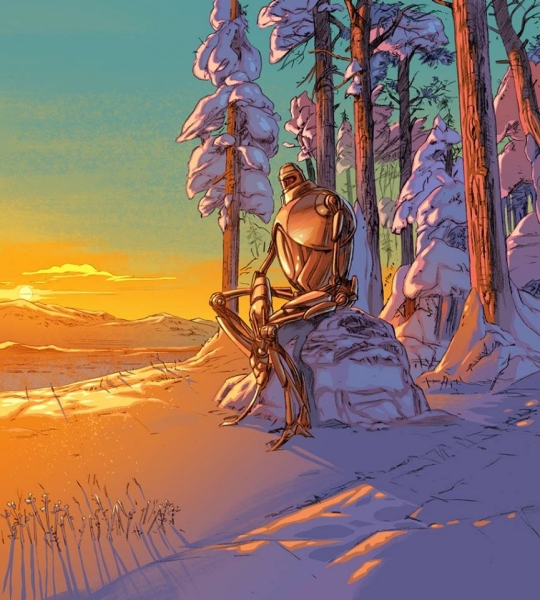
Drawing by Philippe Buchet, Color by Matt Hollingsworth
NOW lets get deeper into some real COLOR THEORY!
Devin’s Digital Value Studies!
Marcos Chin’s insight into editorial Illustration process
Whenever I work on editorial projects I distill the brief, or article into one or two simple sentences because it helps to focus my imagery towards communicating the essence of the story. I learned this from my teacher in art college @pauldallas_art … Nowadays I sometimes I go even further and distill the story into only a few words. I learned this method of working while teaching alongside my friend @chrisbuzelli who taught me to locate the action within the story and then visually describe it. Doing so will aim to help create pictures that have a strong idea and immediate read without being too obvious, or cliché… I’ve incorporated this way of working into my illustration practice and now I feel like I have a new super power
I’m going to have this piece of paper up where I can see it while I brainstorm concepts for an editorial project I’m working on right now. #marcosprocess #match#connect #respond #ocaduillustration
Redo of Sketch #1
I decided to change the first sketch entirely. The metaphor for this image is still the same as the original first sketch. I drew some tree branches to show that there’s some background and that the boy is looking at a reflection from the puddle. Here’s the image that inspired this sketch below:
Here’s the article for this sketch: http://www.huffingtonpost.com/entry/autism-muppet-sesame-street_us_58cf5f15e4b0be71dcf5b455
Redo of Final Sketch #3
I redrew this sketch and while the the characters for the most part retained the same pose, there is some differences with the hand placements. I also added a background to the drawing. In case you missed it, this sketch is for this article: http://www.huffingtonpost.com/entry/autism-muppet-sesame-street_us_58cf5f15e4b0be71dcf5b455
I used two photos as references for this sketch redo. The first one below is for the pose and handle, while the second one below is for the background.

